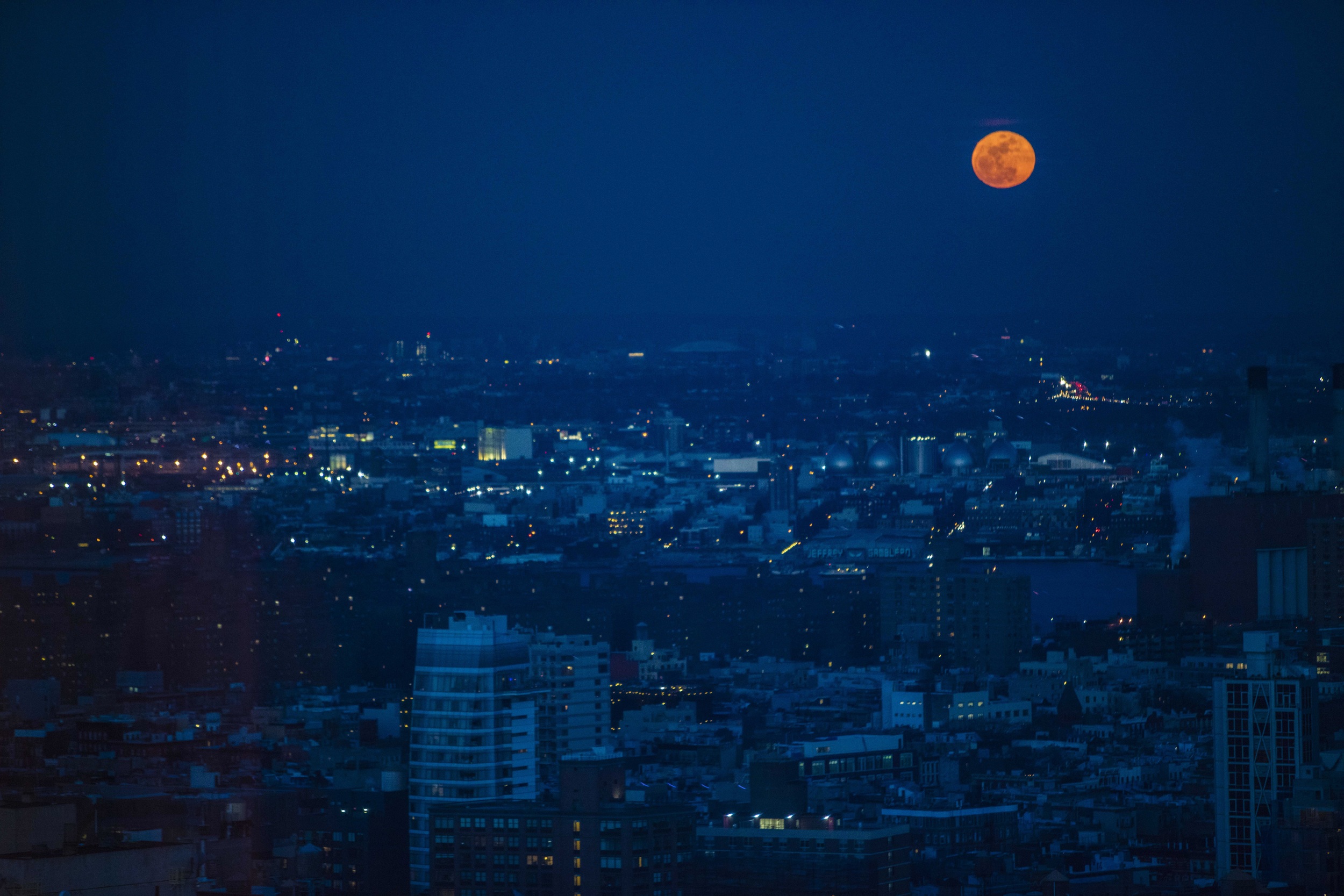Photography Workflow as a Commercial Photographer
If you are at all familiar with the world of photography, you may know that post-processing through software such as Adobe Photoshop or Lightroom can be a controversial topic. Many have debated about the use of post-processing and whether or not it should be used to alter images. While some think it is wrong to distort the reality in a photograph, I think it is a creative tool that photographers should use to tastefully enhance their photos.
Post-processing, defined, is “using a process to transform photos from what was captured in a camera either to be closer to what our eyes saw, or to alter the image artistically.” Jeff Harmon – Hobbyist Editor, improvephotography.com
For instance, we often see a striking scene, such as a sunrise or sunset, and try to capture it with a camera. Most of the time, however, what we see when taking the photo is different than what the camera captures. Post-processing helps us to restore the photo to what we originally saw. Especially if you are shooting in RAW format, editing can help bring back the depth and color in an otherwise flat image. Post-processing also allows for creativity when altering a photo. This can be a great tool when used correctly but can become dangerous if used excessively. Here are a few tips for those using post-processing for their images.
1. Correct White Balance
Our eyes have the ability to adjust color balance to see white as white in a variety of different lighting situations. Since our cameras are not as refined as our eyes, we have to manually adjust the white balance or set the camera on Auto White Balance. Even the best cameras are not always completely accurate at guessing the correct white balance. Here, post-processing comes into play to restore an image’s correct color balance. Whenever your photos have an undesirable color cast or you want to make a minor tweak, use post-processing to compensate.
2. Adjust Exposure
Correcting exposure is a little different than white balance because instead of correcting color, you are adjusting how light or dark you want your image to appear. If you have overexposed or underexposed photos, you can usually fix this in post-processing. When shooting in downtown Roanoke, especially during midday, I have often misjudged how to set exposure or my camera has overcompensated for the harsh sunlight. Editing the exposure helps me to restore the photos to a correct brightness. Do note though, that shooting in JPEG will significantly limit the changes you can make to exposure. Raising the exposure will add noise and you will notice pixels especially in the darker shadows. Shooting in RAW will allow for more freedom when adjusting exposure.
3. Selective Enhancements
In most post-processing programs, you will have the ability to touch up specific sections of an image. For instance, a spot removal tool can be useful to remove anything unwanted in a photo such as blemishes, dust spots, or other distracting elements. Selective tools also allow you to edit specific sections of a photo, like brightening the eyes of a portrait or subtly drawing out the color in a flat portion of the image. These are only a few examples of the many selective edits you can make in post.
4. Don’t overdo it
If the first thing people notice about your photos is your editing, then you’ve missed the point of post-processing. Editing should be used to enhance your images, not overpower them (This, however, looks different in situations such as surreal or conceptual photography). Whether you are retouching the skin or eyes of a portrait or adjusting the saturation, avoid going overboard with the editing. Especially when over editing the features of a face, you can create a very fake appearance in an image. Try to maintain the realistic element of a face when editing portraits. Also, make sure you don’t over-sharpen an image. Find a good balance between enhancing a soft photo and creating very visible pixels. Another thing to refrain from overdoing is adding too much vignette. Subtle vignettes can look great on some images, but over-vignetting can be easy to do and should almost always be avoided.
Hopefully, these tips help you get started in the world of post-processing. There are so many other ways to edit a photo in post-processing, such as cropping, adding contrast, sharpening, resizing, and much more. Remember that editing will never take the place of good shooting. You can’t expect Photoshop to transform bad photography, but it can be a great tool for your images when used correctly. Although this is only an introduction, hopefully, this helps you realize how editing is an important part of modern photography.


